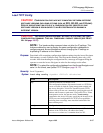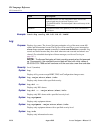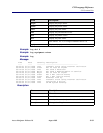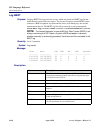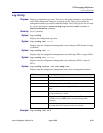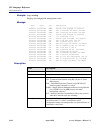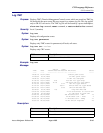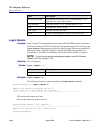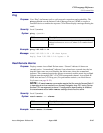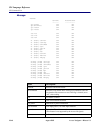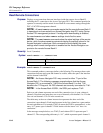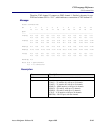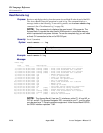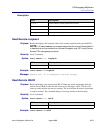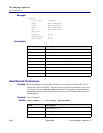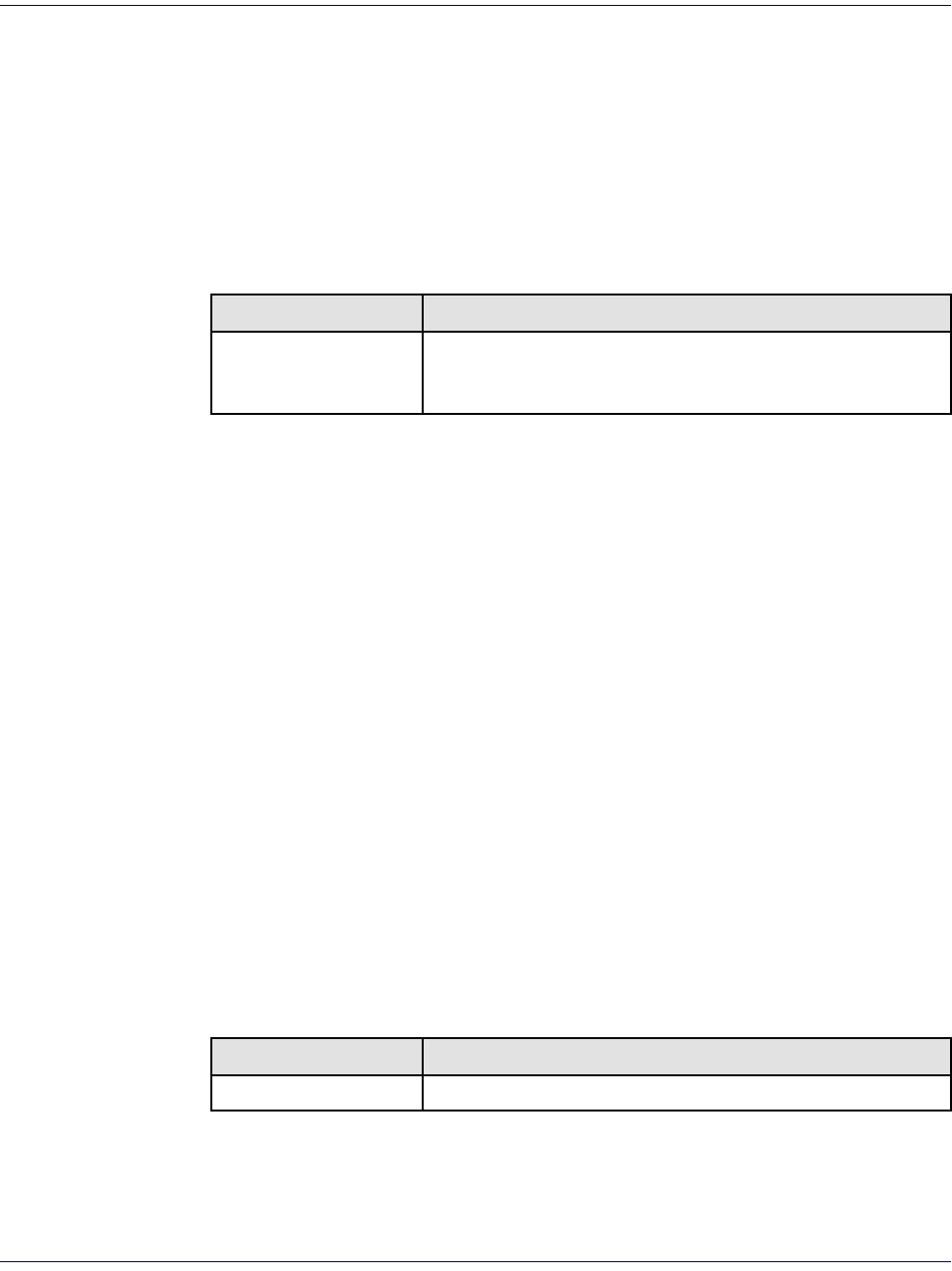
Access Navigator - Release 1.8 August 2003 18-45
CLI Language Reference
CLI Command List
Ping
Purpose: Uses “Ping” (an Internet tool) to verify network connections and reachability. The
ping command uses the Internet Control Message Protocol (ICMP) to request a
remote IP device to send back a response. CLI will then display a message showing the
result.
Security: Level 3 (monitor)
Syntax: ping <ipaddr>
Example: ping 192.168.1.14
Message: PING 192.168.1.14 : 64 data bytes
Reply from 192.168.1.14: bytes = 64
Read Remote Alarms
Purpose: Displays remote Access Bank II alarm status. “Current” indicates if alarms are
currently active. “Accumulated” indicates if any alarms have occurred since the last
time the alarm status was read. Reading the alarm status clears the accumulated
indicator. This command permits the operator to remotely read the actual Access Bank
II alarm status through the DS1’s CAC FDL management channel. Access Bank II/
SDSL does not have a T1 Drop port. (For performance statistics, see Read Remote
Performance on page 18-52.)
NOTE: All read remote commands require that the remote Access Bank II
is operational and connected to an Access Navigator drop DS1 using Carrier
Access FDL management protocol. If configuration downloading is enabled,
the read remote and show remote settings should be the same.
Security: Level 3 (monitor)
Syntax: read remote <n> alarms
Example: read remote 9 alarms
Field Description
ipaddr IP address which the Access navigator is trying to reach. IP
address has format xxx.xxx.xxx.xxx, where xxx is a number from 0
to 255.
Field Description
n DS1 number, 1 to 32.



